A well-maintained road near Kirkcudbright in southern Scotland leads to an expansive parking area on grass. Glimpses of sea can be seen between trees further ahead. A notice at the beach entrance warns of sinking sand and to avoid the wreckage, which can be seen directly in front in the middle of the muddy sea. Laughter, children's voices, and chatter all abound typical seaside activities. People are having a chat and a picnic. People are calling after their dogs or children. Others toss balls or frisbees. An excitable young boy has caught a crab in his net and is showing it off to his sister and parents. These are the glimpses of life of those enjoying the cloudy-but-clear Sunday afternoon at The Dhoon.

The Dhoon is also known as Goat Well Bay, and it is located a few miles from Kirkcudbright in Dumfries and Galloway, southern Scotland. It is a secluded wooded area at the mouth of River Dee, tidal and shallow with rock pools to explore. The tide was out during my visit, but it was coming in. The sea level can range up to ten meters during low and hide tide, and the wreckage is a clear focal point.
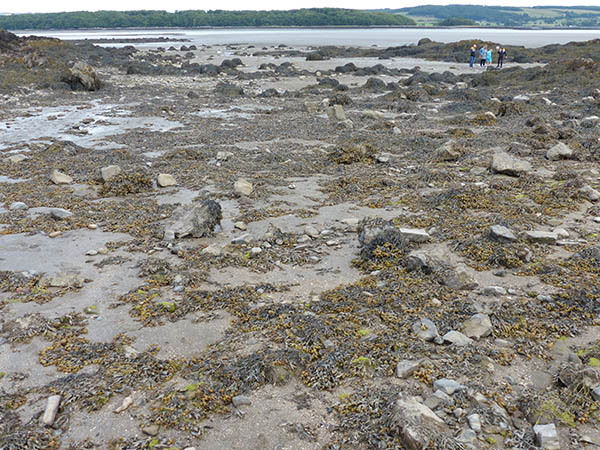
The "Monreith" was a wooden schooner that wrecked in 1900, and the crew managed to reach shore without known casualties.
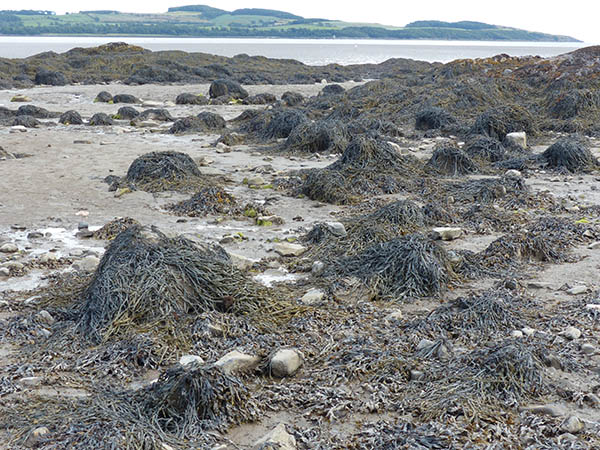
I explored the little pools between the rocks, but the mud was very slippery. I did not have a change of shoes or beach wear and did not want to get muddy as I would not be allowed back in the car, so I did not venture out too far. After I nearly slipped and fell, I kept to the drier sections of the beach and searched for shells or sea glass. There was not much of either, unfortunately, as it is more of a river mouth at The Dhoon unlike the previous day's visit to Achenmalg Bay, directly on the Irish Sea. In fact, I did not find any sea glass, but I did find very few small shells. There were a lot of the cockle shells, which are a little boring because they can be found everywhere.
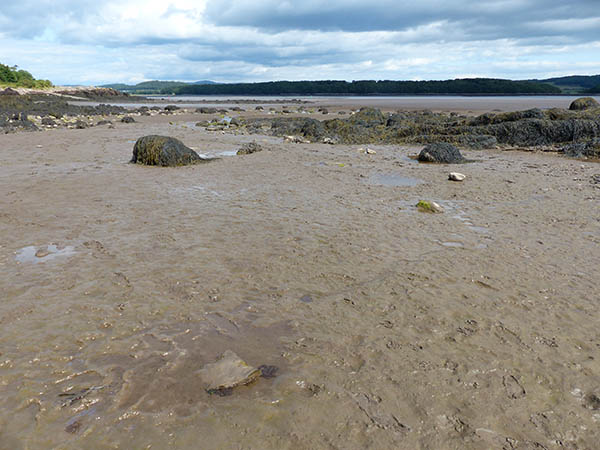
Looking out to the wreckage, the beach is mostly mud with very little sand. Some of the mud started to turn up little curly mud droplets. One emerged right in front of me, but I only saw the coils emerge and did not see the actual worm. They are from lugworms, which look a little like earthworms, and they are popular at low tide.

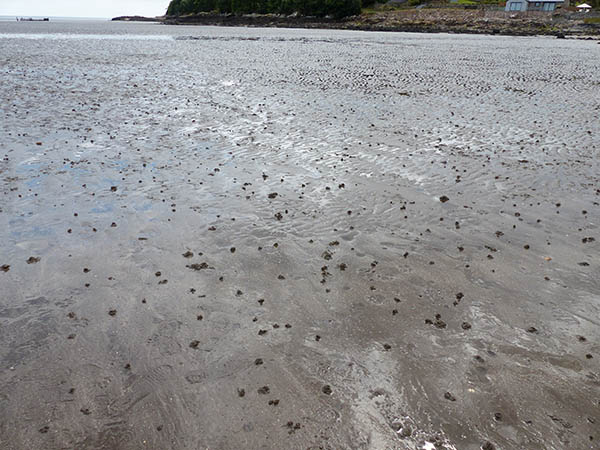
Most of the shells and stones along the beach were very fine and had been broken up well over the rocky beach.
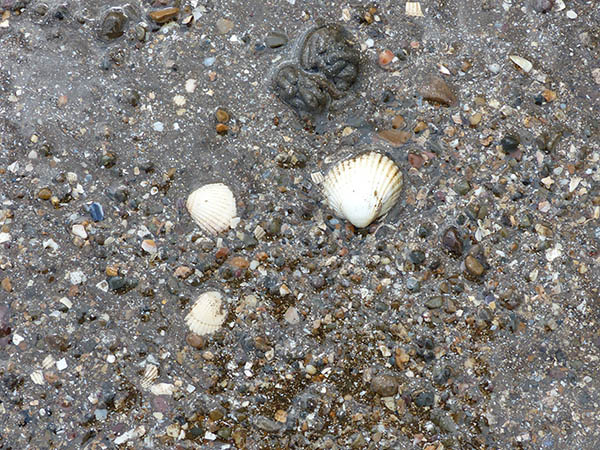
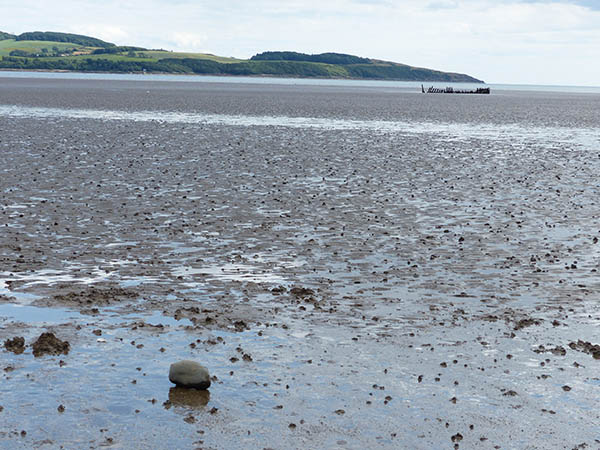

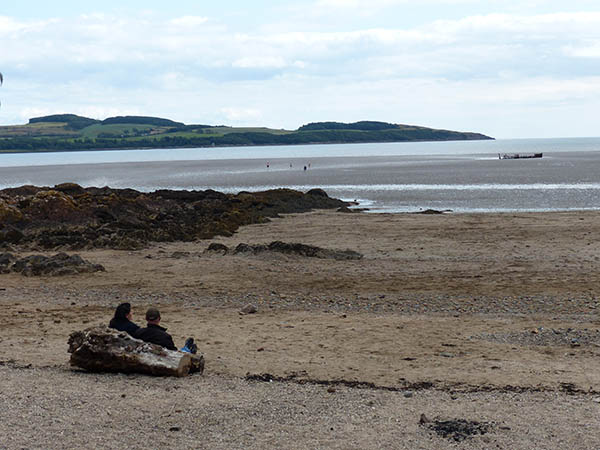
This is a popular little spot for families to enjoy some beach time, and it was not too busy. Don't forget to take your beach wear and explore the little rock pools.



Leave a comment